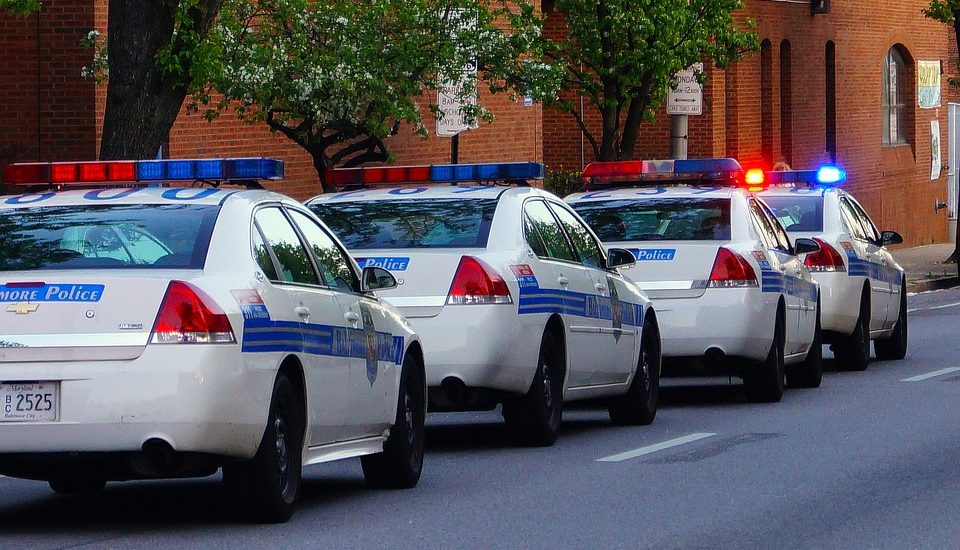System could save thousands by stopping idling police cars

You drive by a police car on the highway. While you may think twice about the speed you’re going, chances are you’re not thinking about the idling system in the police car. If you have to constantly turn your car off and turn off your system, you have to log back on,” Pottstown Police Chief Richard Drumheller said. “Sometimes it’s just easier (to keep the system running).”
Police cars run continuously to keep their systems ready at all times. This can be from prolonged periods on the highway, to waiting at a crime scene, or simply when officers are in the office, waiting for a call into action. They do this to keep their computers, video cameras, and much more running. If the car holds Narcan, it also needs to stay running to keep up a certain temperature, writes Monica Sager in the Pottstown Mercury.
[uam_ad id=”54865″]
According to Stealth Power, the developer of the idle reduction technology, for each hour an ambulance idles, it burns about 1.5 gallons of fuel and puts 35-50 miles’ worth of wear-and-tear on the engine. In the United States, medium-duty trucks use about 2.5 billion gallons, or 6.7 percent of their total consumption, of fuel just to idle. This just raises maintenance and fuel costs, and it is detrimental to the environment. The Independence Package minimizes carbon dioxide, nitrogen oxide, and other greenhouse-gas emissions. They are recyclable and California Air Resources Board (CARB)-approved. In this sense, the system is cost and environmentally effective.
But on top of all of this, the Independence Package has proven itself. The Dallas Police Department used the system for an average of 4.85 hours a day over a 30-day period, according to Tree Hugger. If a department worked the whole year, 365 days; spent $2.95 per gallon of gas, the national average at the time of writing; and burned a gallon of gas per hour per idling vehicle, which according to AAA is a “good rule of thumb” for idling cars: they would save about $14.31 a day in fuel costs, totaling $5,222.24 per year per vehicle.
To read the complete story click here.
[uam_ad id=”54875″]
Stay Connected, Stay Informed
Subscribe for great stories in your community!
"*" indicates required fields












![95000-1023_ACJ_BannerAd[1]](https://montco.today/wp-content/uploads/sites/2/2023/03/95000-1023_ACJ_BannerAd1.jpg)



















![ForAll_Digital-Ad_Dan_1940x300[59]](https://montco.today/wp-content/uploads/sites/2/2022/06/ForAll_Digital-Ad_Dan_1940x30059.jpg)









